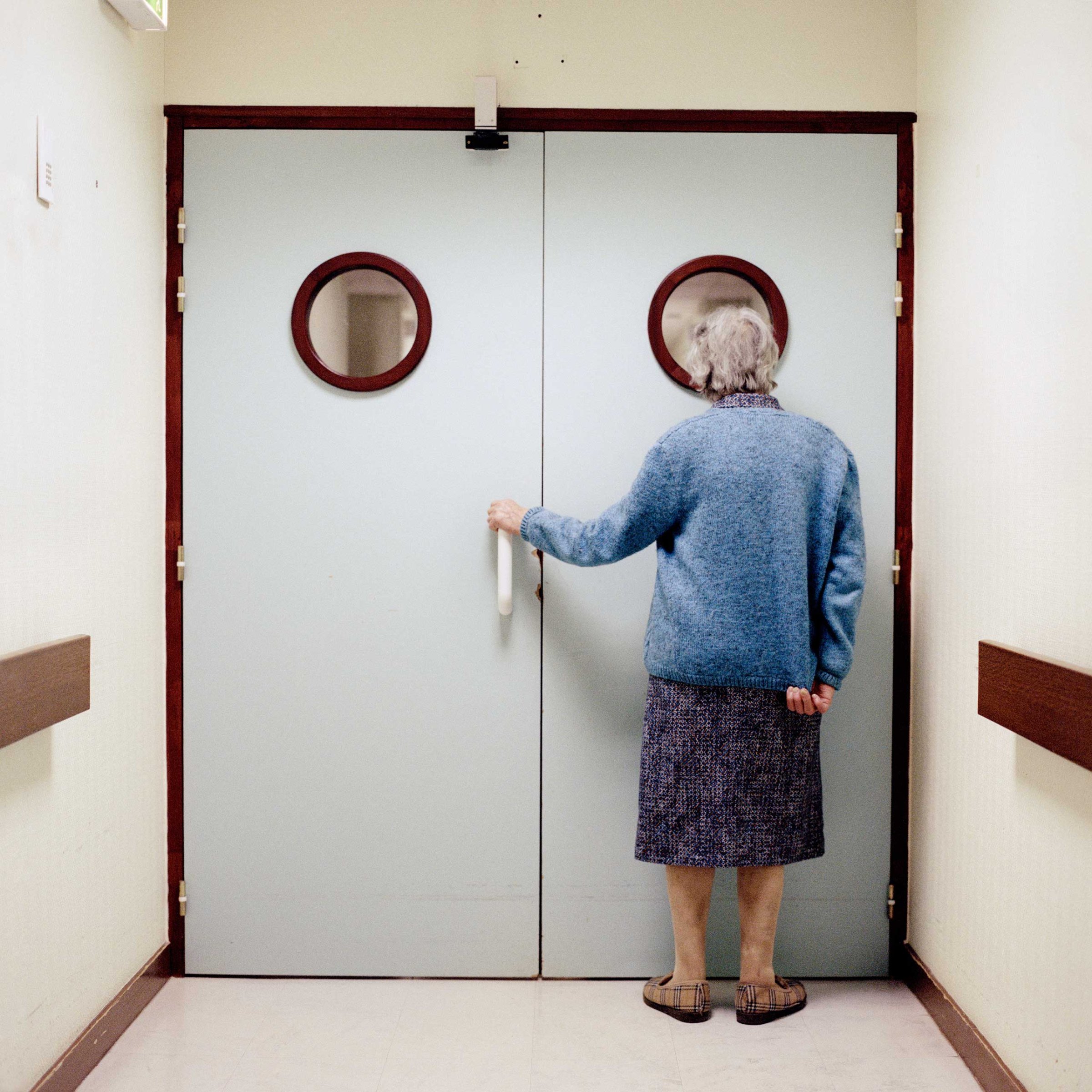
Swedish photographer Maja Daniels has won the first Bob and Diane Fund grant, a photographic grant dedicated to visual storytelling about Alzheimer’s disease and dementia.
Selected from 83 entries, Daniels won for her long-term project Into Oblivion, which documents life inside one of France’s geriatric hospitals. There, patients with Alzheimer’s are confined within a particular ward, with a locked door separating the occupants from the rest of the hospital.
Daniels photographed that door, creating tender images that show the vulnerabilities of Alzheimer’s sufferers while highlighting society’s tendency to cast away its elders. “It is our very own fear, and negative connotations of ageing and dying, that makes us comply with these societal structures,” says the photographer. “Whilst being busy living an active, productive life we are perhaps relieved on a day-to-day basis by the possibility to be able to turn a blind eye to what is so conveniently hidden away from us by the geriatric institutions and care homes.”
With her images, Daniels hopes to force a rethink of “our institutionalized, modern way of living” and to question certain care policies, “such as the use of confinement as an aspect of care, by seeing the effects that can have on somebody’s life.”
For the judges – Sarah Leen of National Geographic, MaryAnne Golon of the Washington Post, and Getty Images’ Chip Somodevilla – Daniel’s images were deceptively simple, but “each picture screamed,” says Somodevilla.
“The idea of coming back to that door is brilliant,” adds Leen. “I’m moved by it.”
The grant was created in the memory of Bob and Diane Martin, the parents of Gina Martin, a National Geographic Creative employee who has spent the last five years raising awareness about Alzheimer’s impact on families. “To see this fund develop from an idea to actually reviewing so many beautiful and personal projects from all over the world was a special and emotional day for me,” says Martin. “The work and proposals brought me back to what my family went through and what millions of families are going through today.”
Daniels plans to use the $5,000 grant to finance the publication of Into Oblivion, but more importantly, she says, “it will help me pursue the difficult conversation that I think we need to have about how we conceive and care for people with Alzheimer’s disease.”
Maja Daniels is a Swedish photographer based in London.
Follow TIME LightBox on Facebook, Twitter and Instagram.
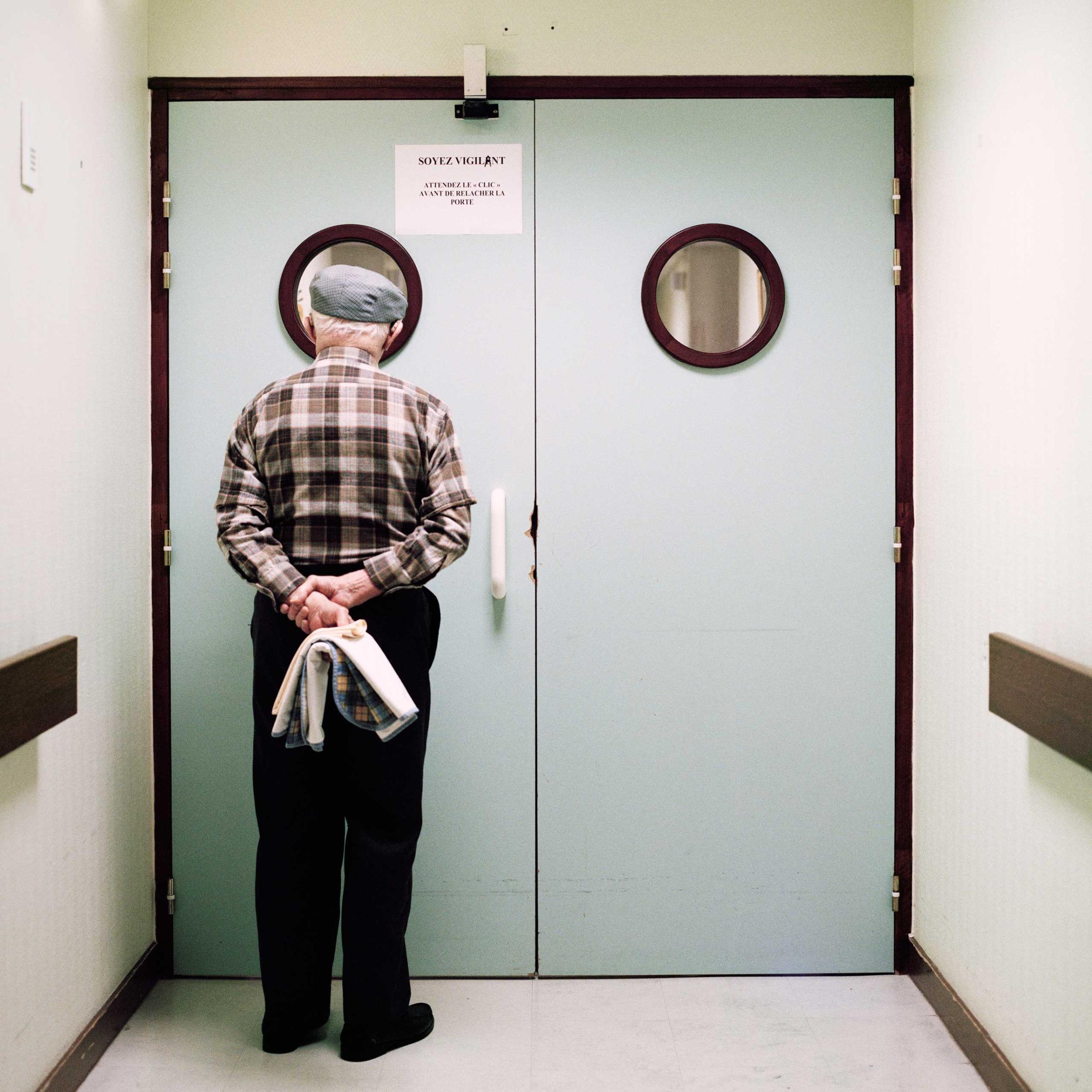
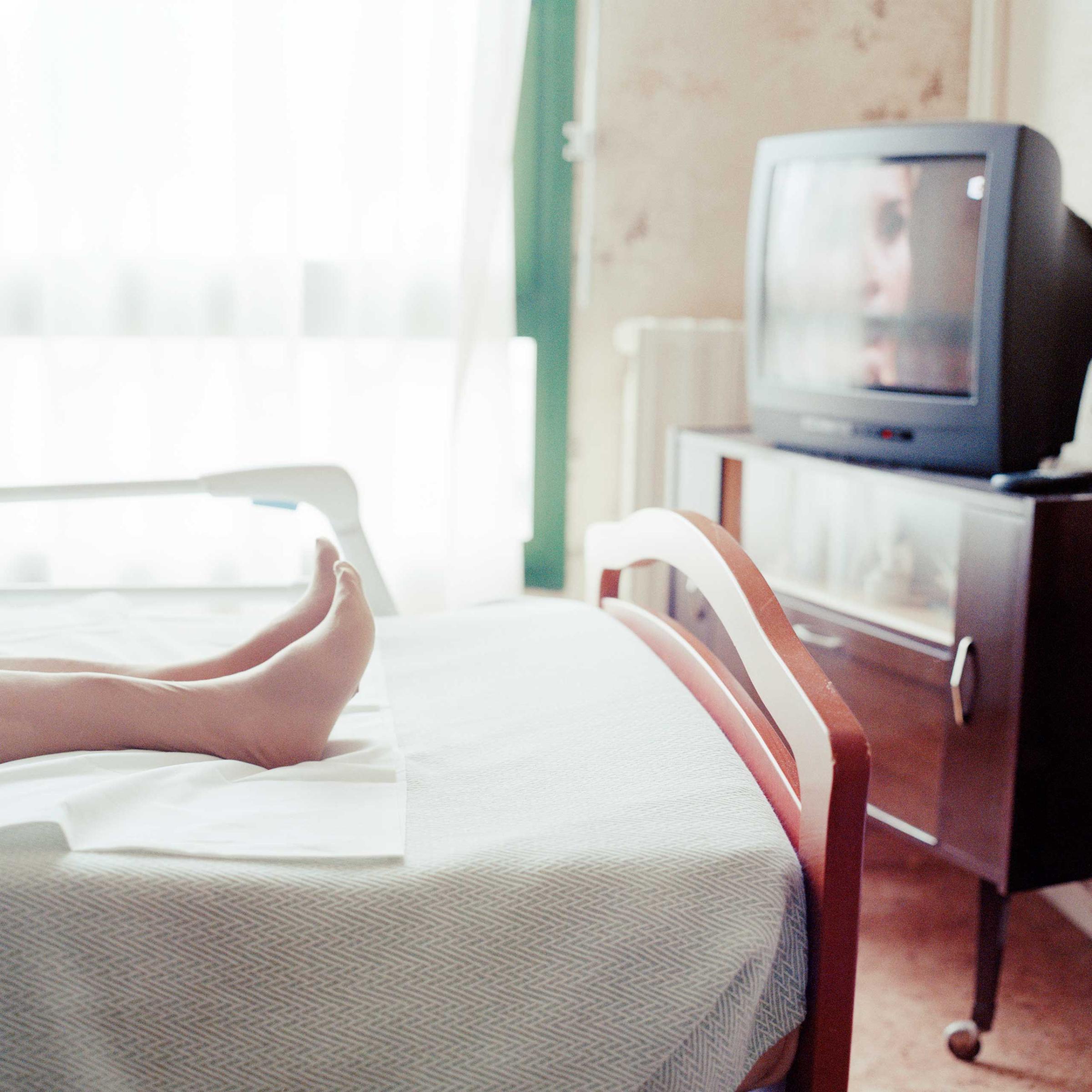


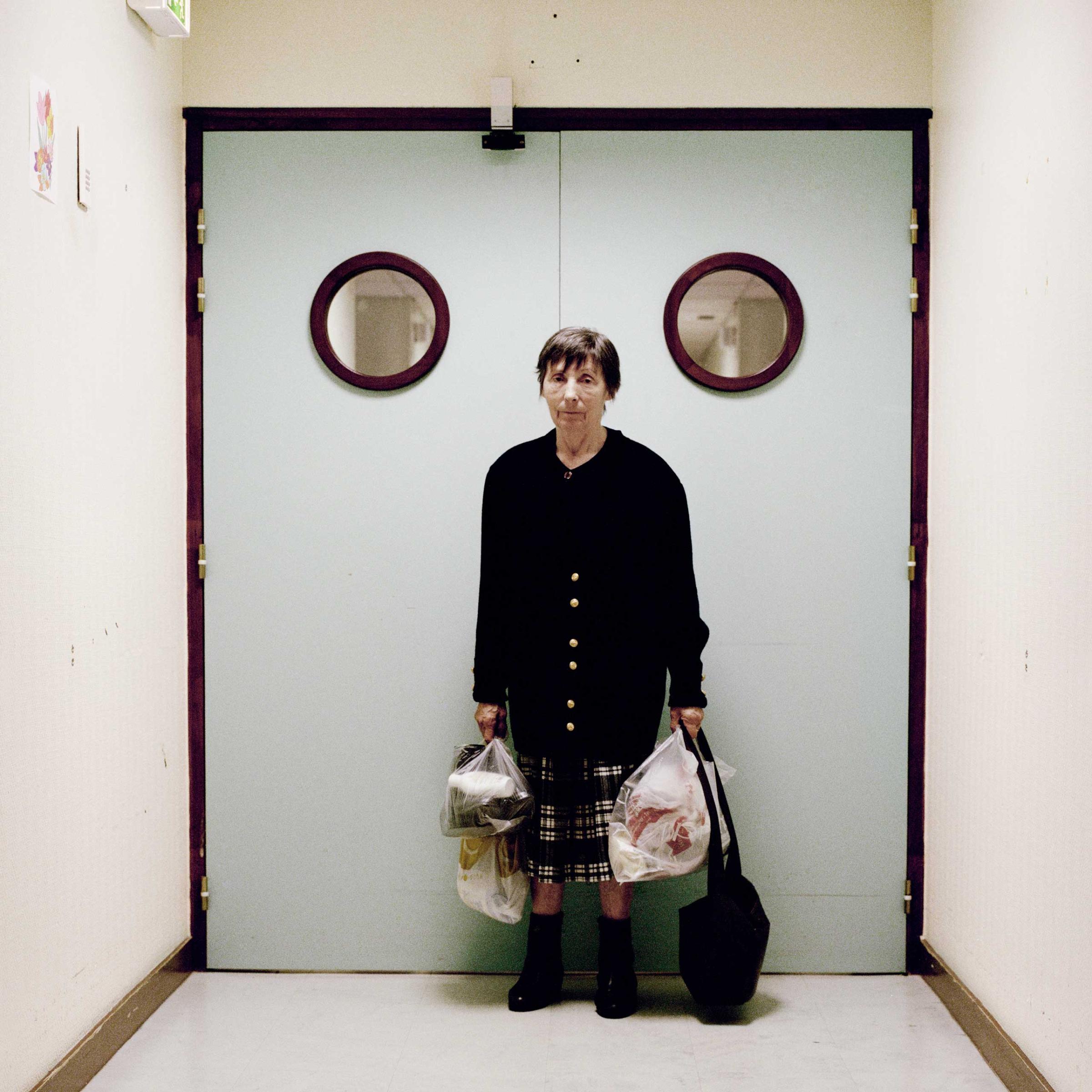
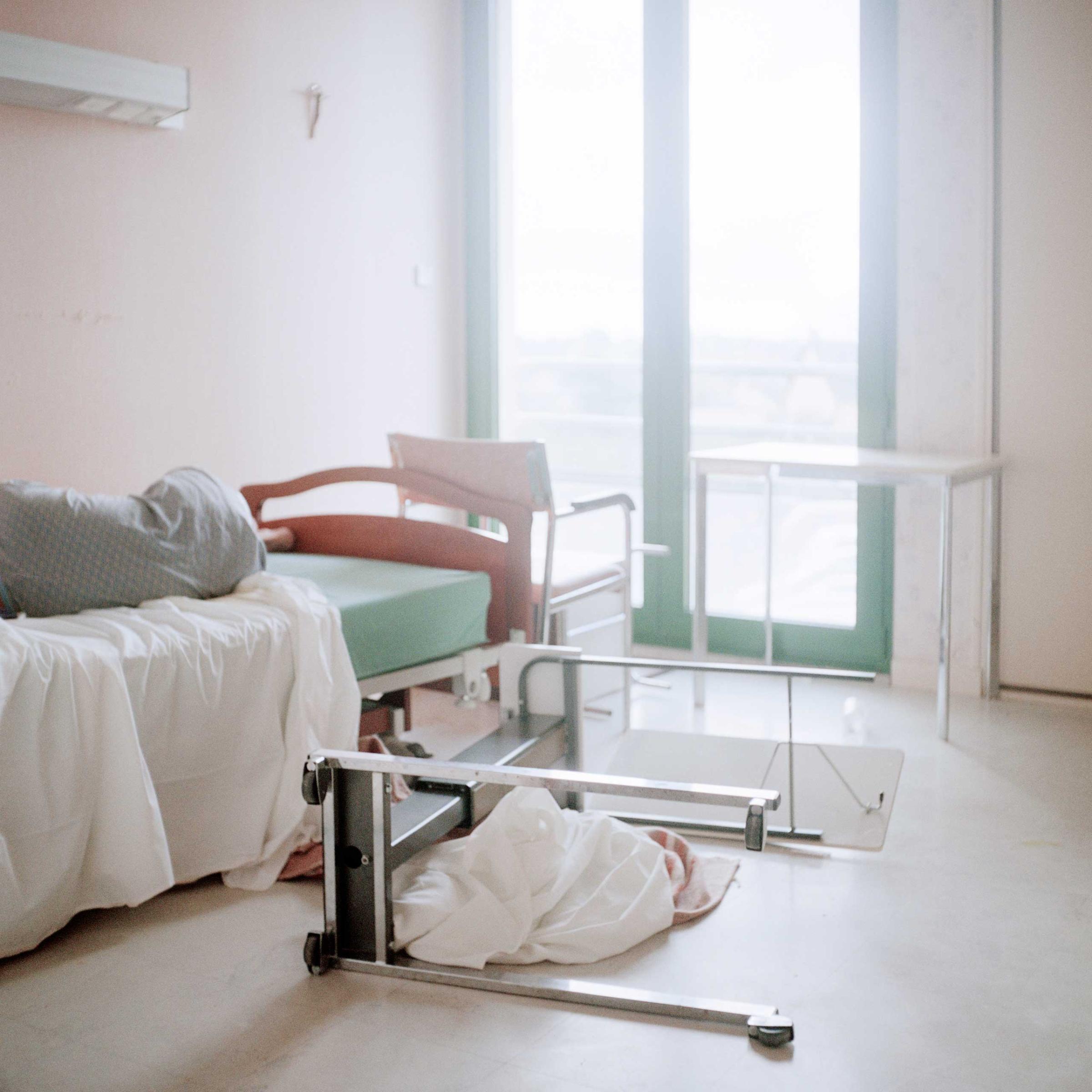
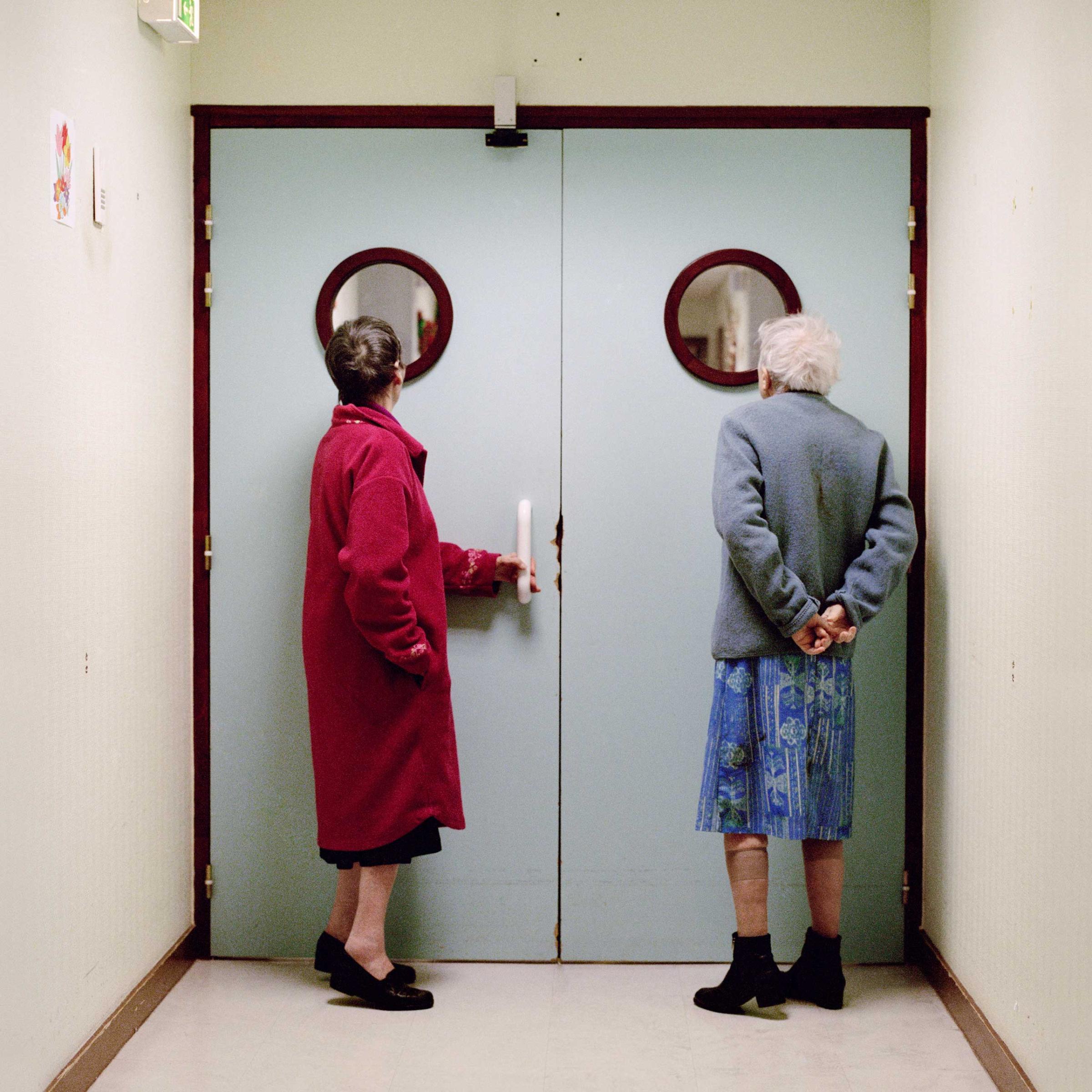
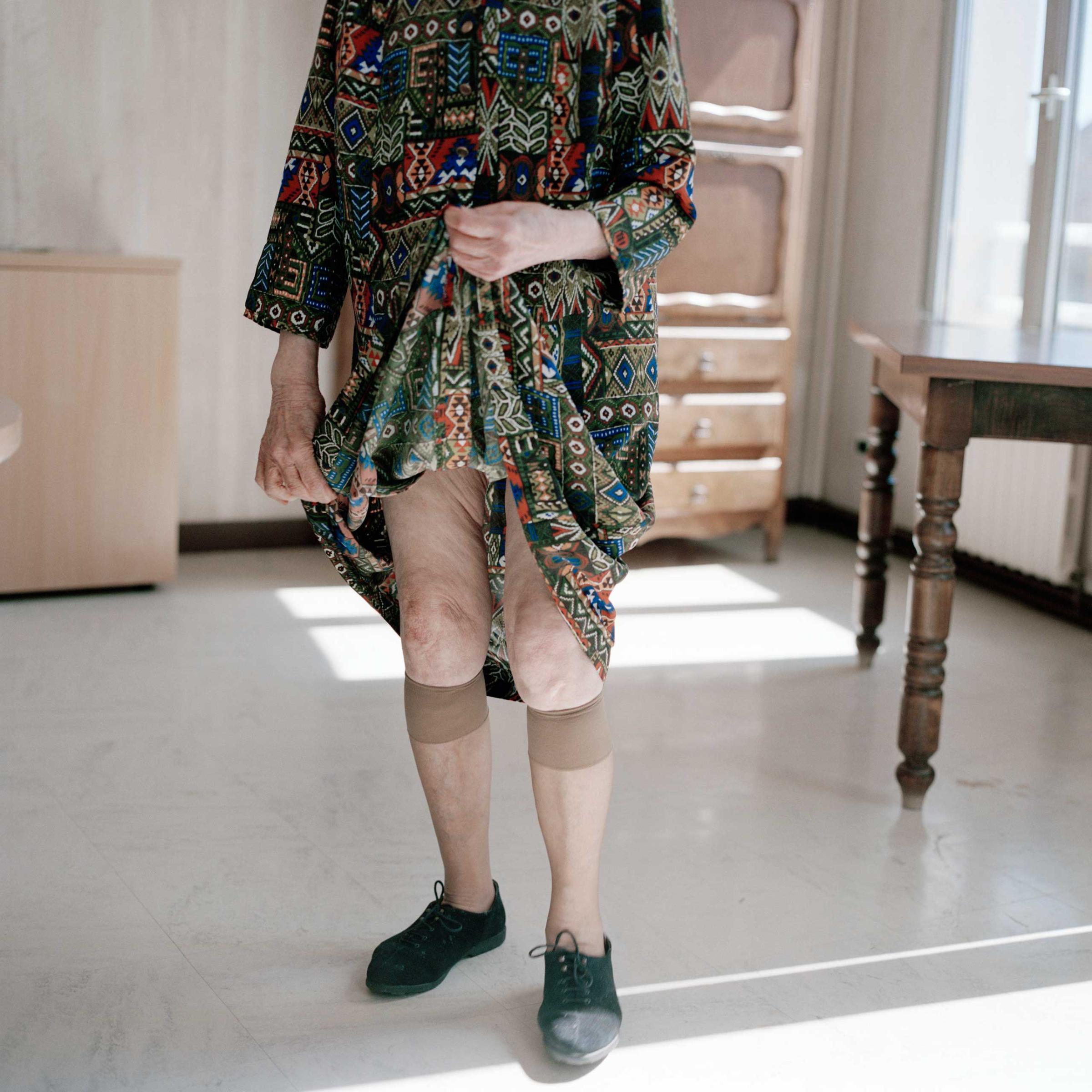

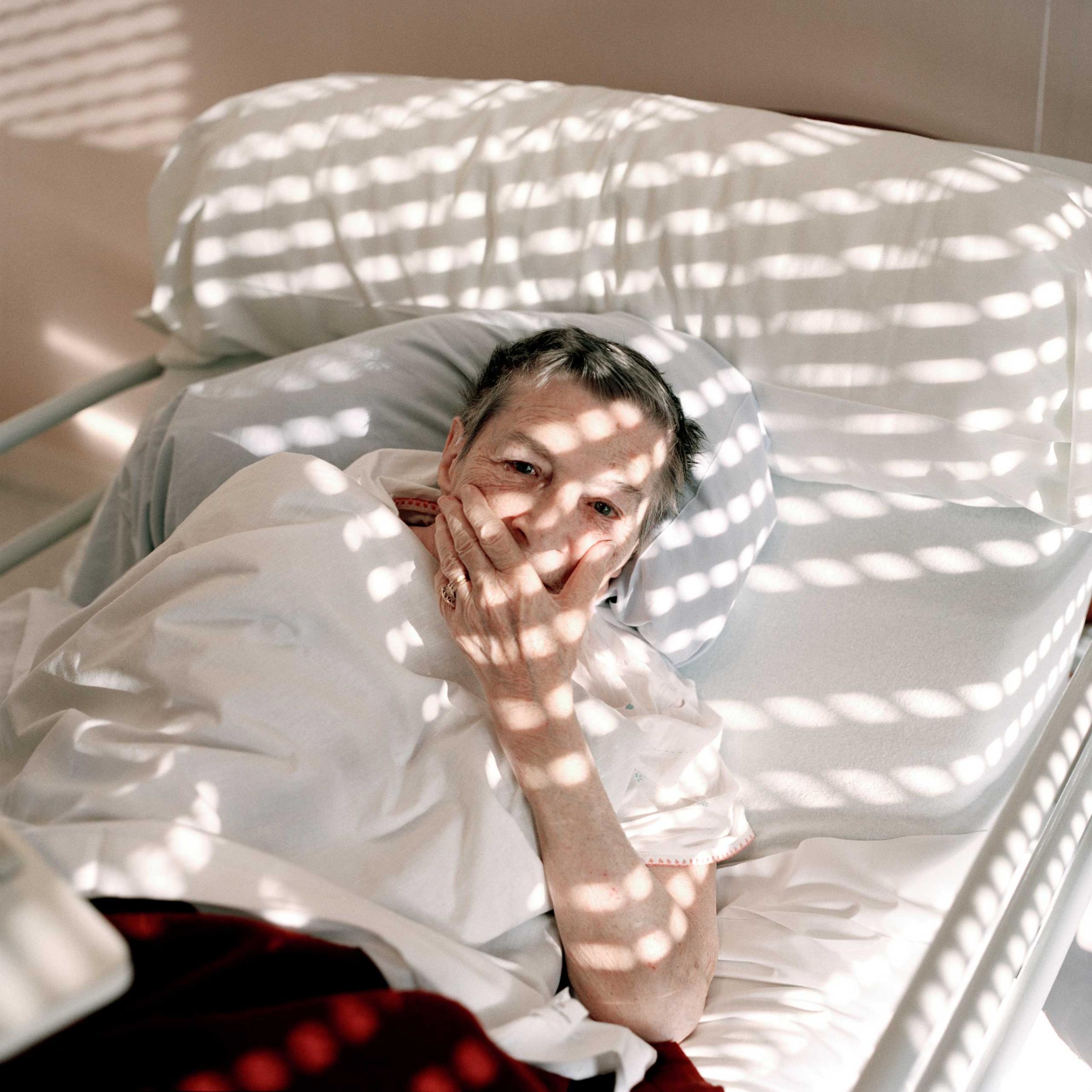
More Must-Reads From TIME
- The 100 Most Influential People of 2024
- The Revolution of Yulia Navalnaya
- 6 Compliments That Land Every Time
- What's the Deal With the Bitcoin Halving?
- If You're Dating Right Now , You're Brave: Column
- The AI That Could Heal a Divided Internet
- Fallout Is a Brilliant Model for the Future of Video Game Adaptations
- Want Weekly Recs on What to Watch, Read, and More? Sign Up for Worth Your Time
Contact us at letters@time.com